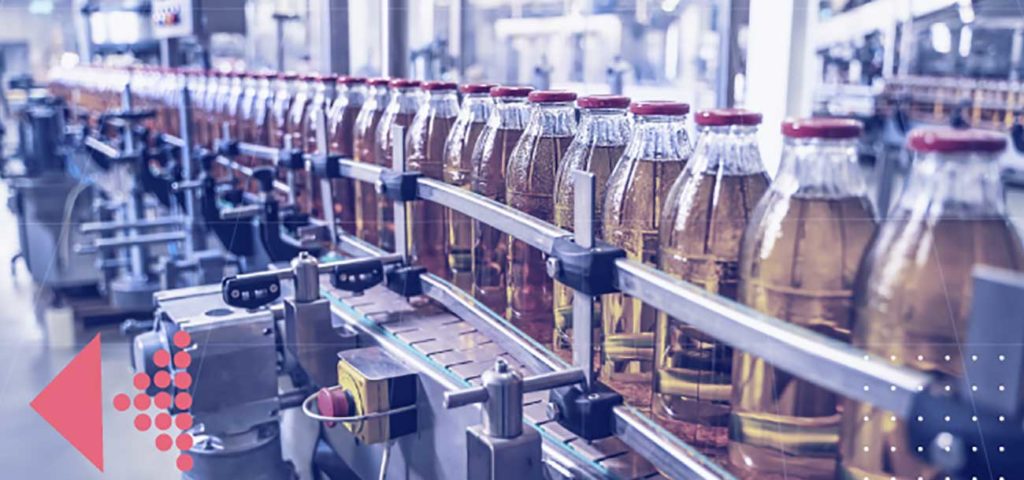Farm Fresh Demand Sensing Strategies for the Smart Food Retailer

Fact 1 – More than 34% of the top 50 U.S. retailers have reported poor demand forecasting accuracy.
Fact 2 – Using an AI-powered Demand Sensing solution can cut forecasting errors by 30%-40% as it enables retailers to constantly address sharp changes in customer needs and further helps build a data-driven supply chain.
The food retail industry has witnessed a massive upheaval. Empty shelves, erratic stock outs and never ending supply delays. The pandemic has tested the industry’s capabilities beyond expectations and it therefore must enact a new model before the next COVID 19-style crisis shows up.
It is a proven fact that Demand Sensing can enhance short-term forecasts when compared to the traditional time-series forecasting methods.
Infact, several challenges in demand planning have been time and again addressed by merely looking at an unreliable spreadsheet showing static sales numbers which are then applied to the current year’s SKU’s sales performance.
The outcomes are evident and alarming:
- Out-of-stocks account for $634 billion in lost sales worldwide each year
- Overstocks created $472 billion in lost revenues due to markdowns.
The food retail industry faces the biggest challenge of matching supply to demand simply owing to the vast assortment of products and the fluctuating sales trends in the market.
With Demand Sensing, food retailers can excel in planning and responding to short-term changes in demand, as it is sensitive to sudden, immediate and real-time demand fluctuations that most traditional approaches fail to respond to.
Demand Sensing gives food retailers the strategic advantage of overcoming supply chain slack by minimizing the time lag between events and the response to those events.
By reducing the total time elapsed from the emergence of a statistically meaningful mix of demand signals, food retailers can smartly respond to those signals.
Three Strategic Areas of Real Impact For the Food Retailer
As food retailers strive for end-to-end operational excellence to drive desired revenue outcomes, Demand Sensing clearly shows promise with positive impacts across three important areas:
1. Optimize Product Availability
Despite several granular level forecasting techniques, food retailers may yet encounter occasional out-of-stocks and inventory in the wrong locations that lead to unnecessary operational costs.
An AI-driven Demand Sensing solution which is responsive to market dynamics by anticipating issues in advance and suggesting prescriptive recommendations to take actions can help avoid stock issues and help enhance overall customer service.
The Food Retailer’s Advantage – An AI-driven Demand Sensing solution can help food retailers with a reduction of up to 80% in out-of-stock rates
2. Leverage Superior Quality Of Fresh Produce –
With real-time Demand Sensing and forecasting, retailers are better equipped to order fresh supplies ahead of time with higher accuracy. This leads to reduction in overstocking pershibales and higher planning reliability for suppliers.
As a result, costs in food wastage and spillage are cut down drastically by matching harvest to demand and also reducing the field-to-shelf time.
The Food Retailers’ Advantage- A clear increase in the quality of fresh produce and decrease in spoilage by 30%
3. Intelligent Product – Mix and What-if Scenario Analysis-
Food retailers go through a process of including several evaluations of combined supermarket product mix strategies along with assortment and SKU portfolio optimization.
Demand Sensing can ensure accurate mapping of customer behavior and the market sentiment to improve the product mix at the granular level, which can ultimately deliver delightful customer experiences.
The Food Retailers’ Advantage- Avoid more than 65% of stockout issues repeatedly across high popularity products and categories using Demand Sensing

Enhancing the Food Retail Experience with Demand Sensing
Demand Sensing poses a highly relevant use case for food retailers as it scales to process large data volumes tagged to thousands of SKU, product, and location combinations for dynamic real-time visibility in near-term forecasts.
Food retailers should leverage Demand Sensing capabilities for a seamless collaboration across the supply chain to match upstream and downstream requirements – a holistic view of all value stream channels.
With ThroughPut’s AI-powered Demand Sensing and Planning capabilities, food retailers can incorporate these real-time insights on existing data sets to make faster and smarter decisions.
With an in-depth understanding of trends, drivers, options, food demand planners can slice main revenue drivers, service mix and usage.


